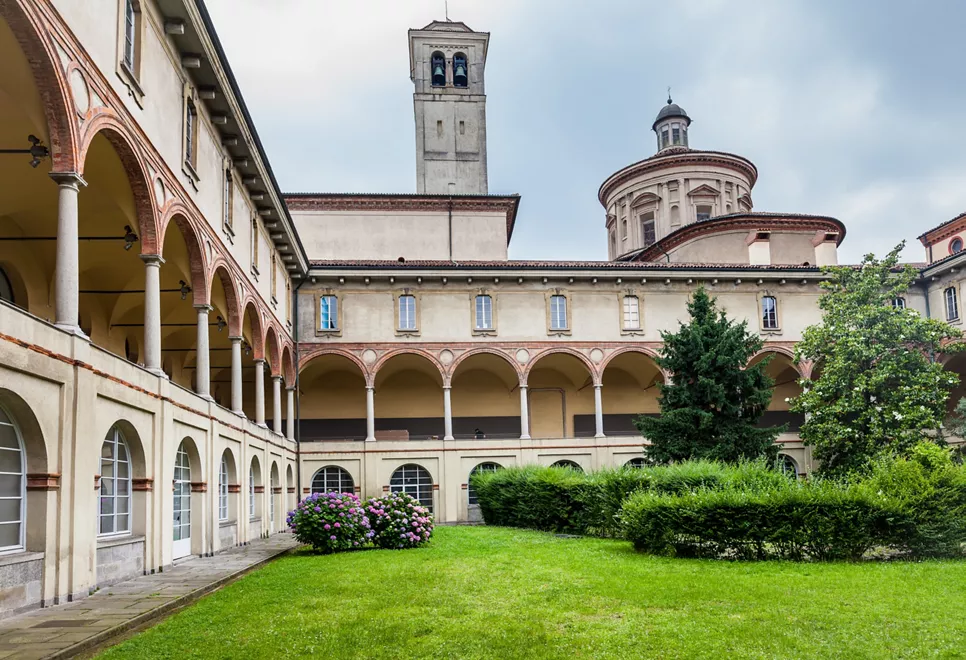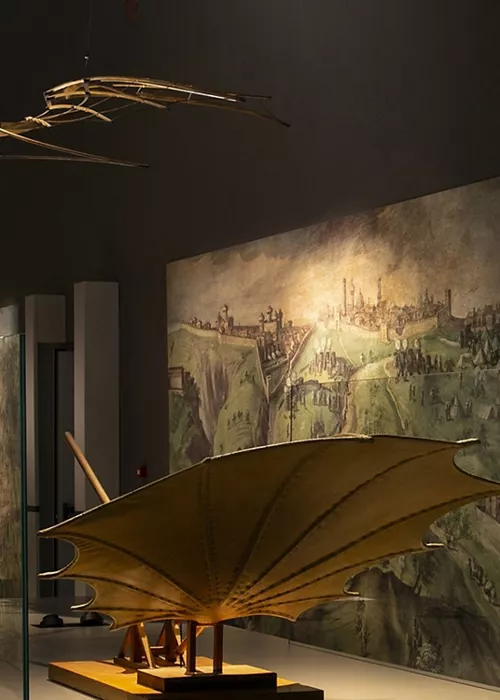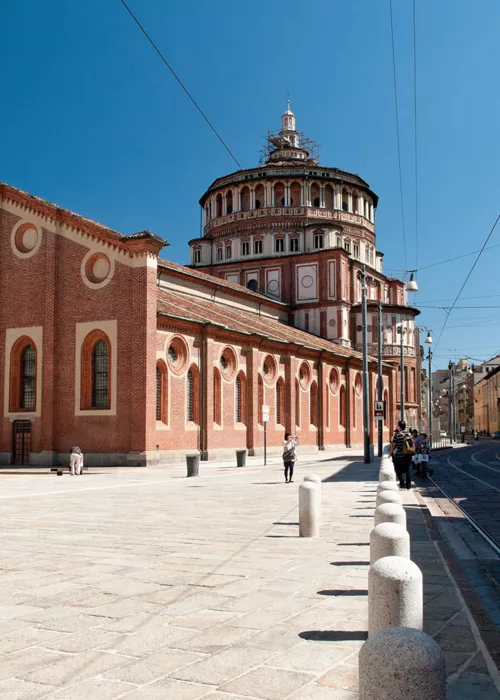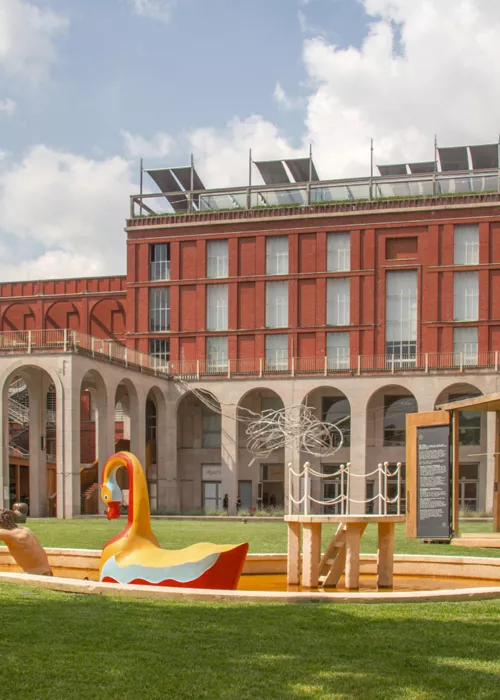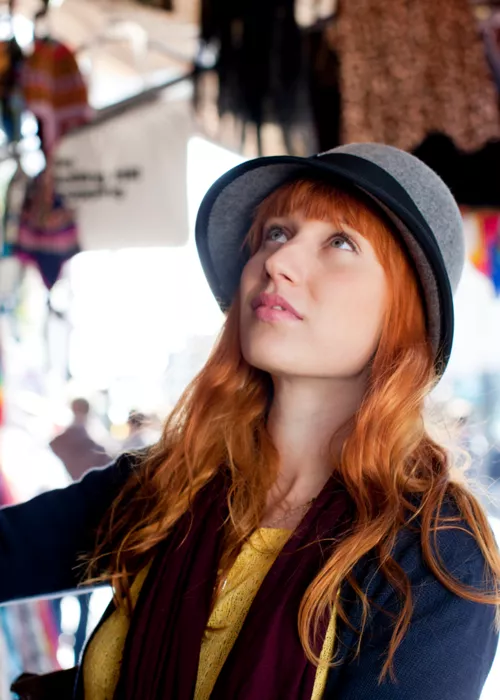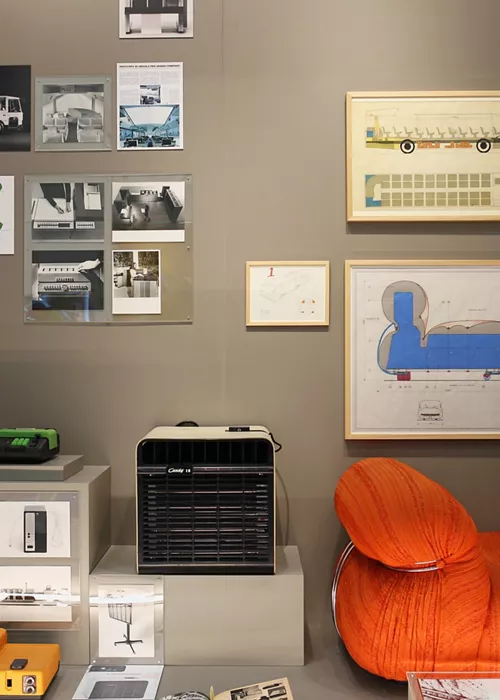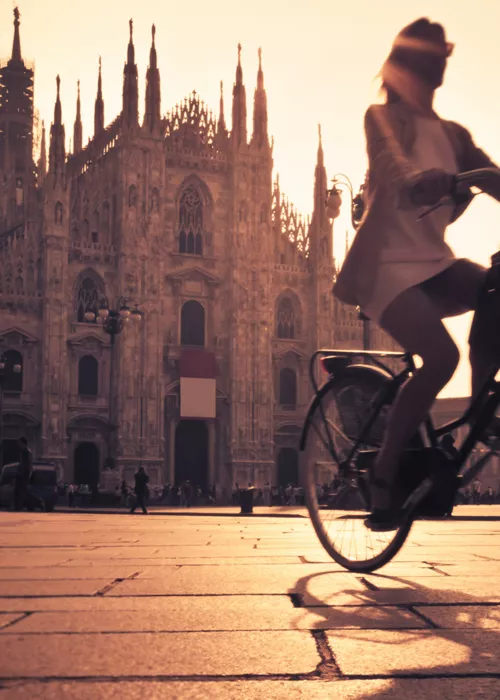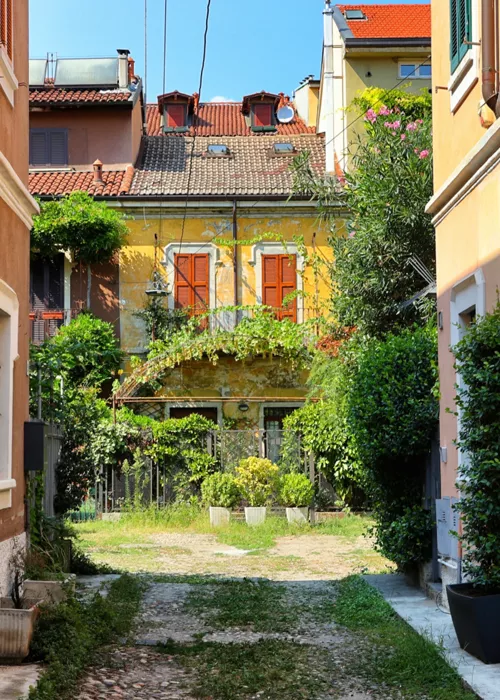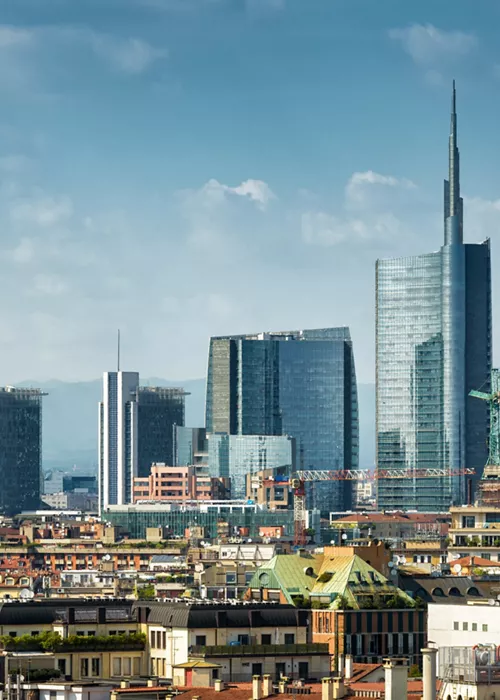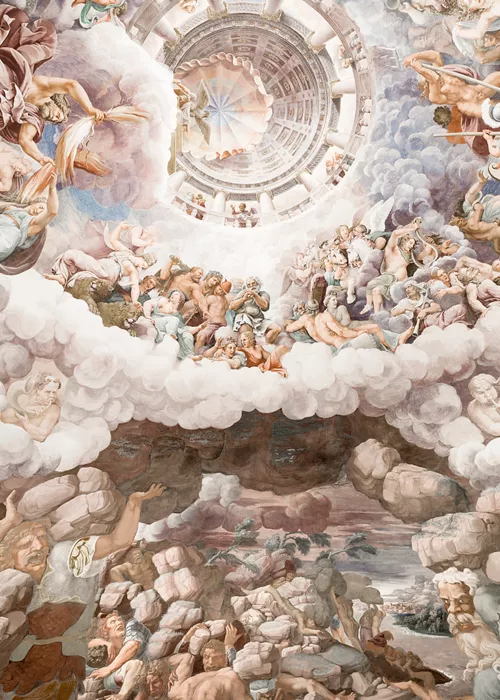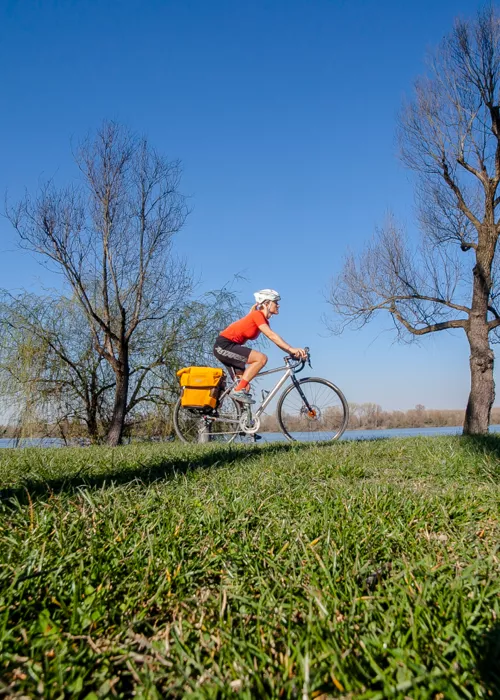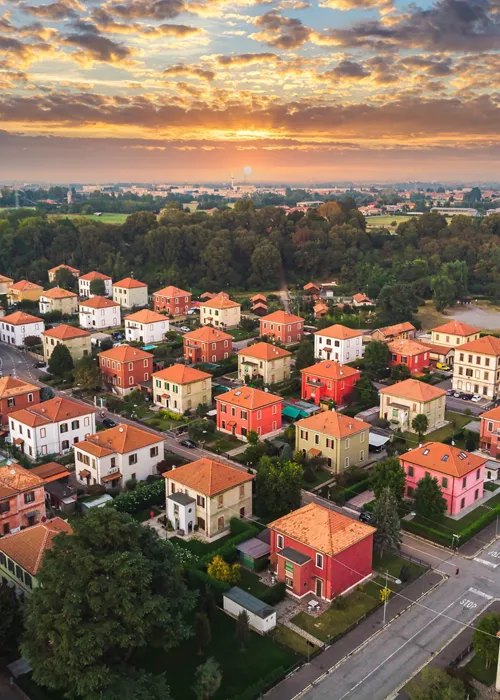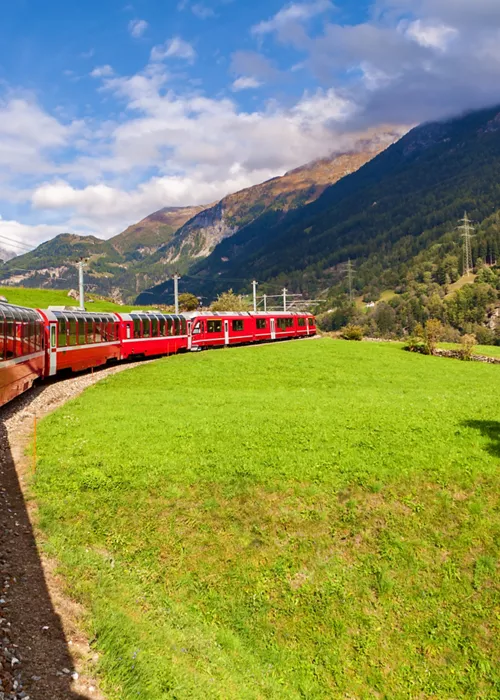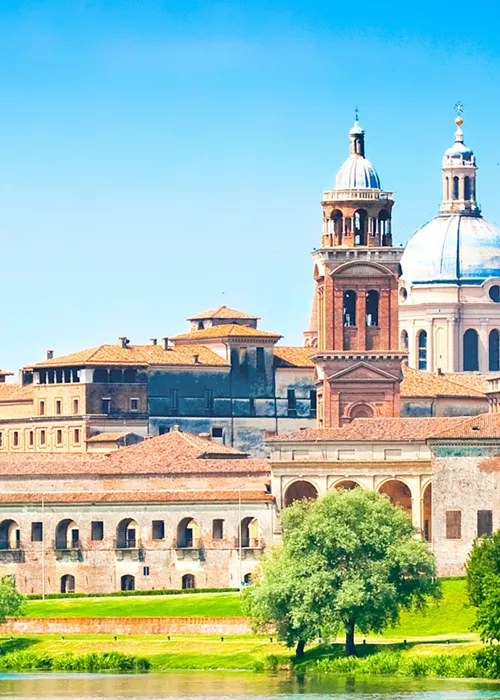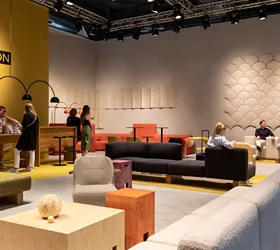Five gripping discoveries at Milan's Museum of Science and Technology
3 minutes
In the heart of Milan, right above the ancient Roman site and a stone's throw from the Basilica of Sant'Ambrogio, be sure not to miss, the Leonardo da Vinci National Museum of Science and Technology: one of the places the Milanese are most fond of, one of the most “Milanese” and exciting experiences for adults and families to enjoy, if you are passing through here.
A path of discovery envied by Europe
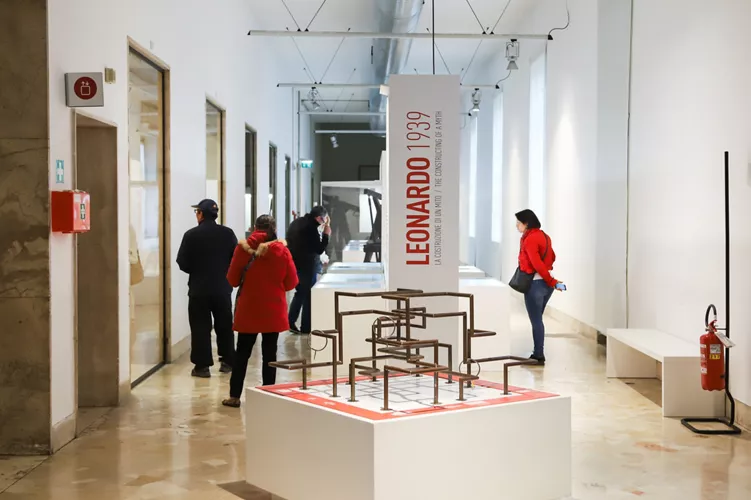
Inaugurated in 1953, it is now the largest museum of its kind in Italy and among the first four in Europe. Combining historical architecture and contemporary layouts, it unveils an extraordinary path of discovery that is accessible to all. With 36 thematic exhibitions, 14 interactive workshops, 165 educational routes, as well as temporary exhibitions, the museum's exhibition spaces are arranged into departments that identify the most significant stages of human history: Materials, Transport, Energy, Communication, and finally New Frontiers, the area exploring the relationship we have with technology on a daily basis and the great ethical questions that research raises. This is a very rich exhibition heritage where we recommend that visitors should not miss out on five exciting discoveries to be made in a single day's visit.
Face to face with Leonardo
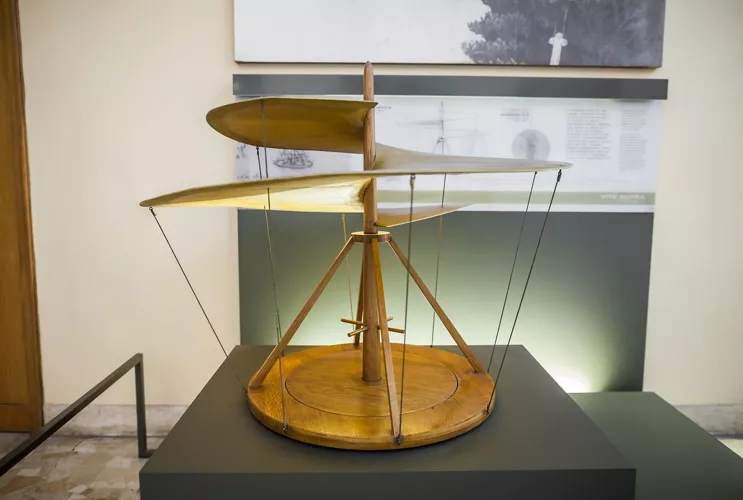
The guest of honour and the first to discover is Leonardo da Vinci. The encounter with the Renaissance genius to whom the museum is dedicated takes place in the New Leonardo Galleries: a scenic itinerary that traces the artist's training from 15th-century Florence to his stay in the Milan of the Sforzas. His ability to observe nature is explored, concluding with an immersive installation of drawings from his later years.
By train, as during the Belle Époque

The second discovery is the Railway Pavilion, constructed as a typical Art Nouveau station. It will plunge you into the atmosphere of Around the World in 80 Days: along the four fitted platforms you will discover rarities such as the E 430 locomotive from 1900, the first to have electric traction, or the steam Gr 552 locomotive, which pulled the famous Imperial Indian Mail train on the Italian section between the 19th and 20th centuries. Then there are the first examples of urban public transportation, the Tram Carrelli Milano 1928 and Oltrepassare, the exhibition dedicated to railway tunnels.
Destination space
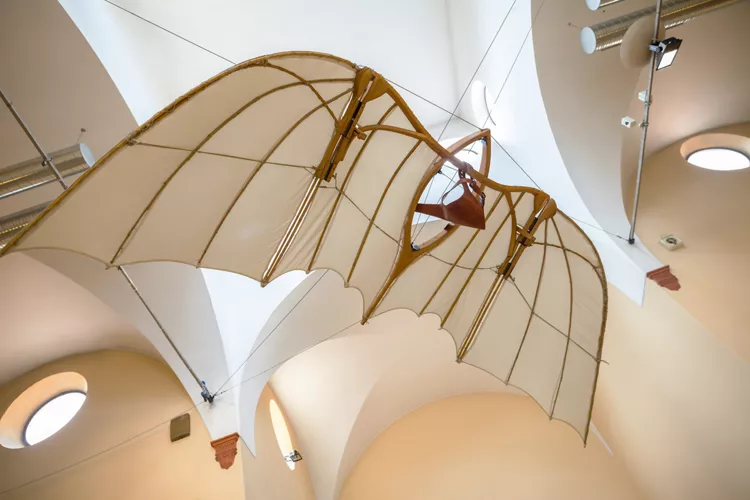
And then prepare to fly... because the third discovery takes you into space, aboard the life-size model of the first Vega, a launcher designed by the European Space Agency. It is around 30 metres high and has four stages to transport and release satellites weighing up to 2,000 kilos.
Speaking of space, this is precisely where one of the Museum's most precious artefacts comes from, the fourth surprising discovery: a piece of Goodwill Rock, collected in 1972 by the astronauts of Apollo 17, the legendary human mission to the Moon. It's a small moon rock of inestimable value, donated in 1973 by US President Richard Nixon to the Presidency of the Italian Republic.
All aboard the Toti
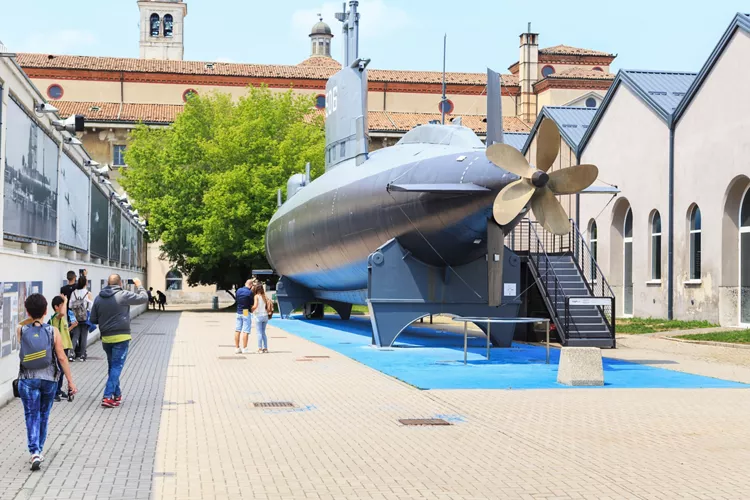
Passing among other treasures, such as the Macchi MC 205 Veltro, one of the most beautiful and manoeuvrable aircraft of the Second World War, and the Luna Rossa catamaran, you can transit from the starry vault to the depths of the sea in just a few metres, visiting what is perhaps the museum's main attraction, the fifth discovery: the S-506 Enrico Toti submarine, on display in the museum's outdoor spaces. It was the first to be built in Italy after the Second World War, and was tasked with patrolling the waters of the Mediterranean to detect the passage of Soviet submarines. It made its last voyage in 1997 and has been here since 2005. By purchasing an additional ticket, visitors can climb aboard and experience the emotions of the sailors during the voyage.
The adventure continues

The discoveries continue through the i.labs, the interactive workshops for learning STEM subjects through informal education: from biotechnology to food, not forgetting soap bubbles. For children between 6 and 10 years old who have attended the first year of primary school and spend at least a week in the city, summer camps are available. These are five-day modules of workshop activities, visits to the collections, group games and storytelling. Those with limited time can book a day at the museum with organised tours, workshops and games. The more daring can spend a night at the museum in the company of at least one adult: equipped with a torch and sleeping bag, they will take part in lively storytelling and role-playing with beams of light. The adventures continue, but first a piece of useful advice: the museum has no cafeteria or restaurant, but there is a refreshment area with food and drink vending machines, and a picnic area where you can enjoy a packed lunch.

